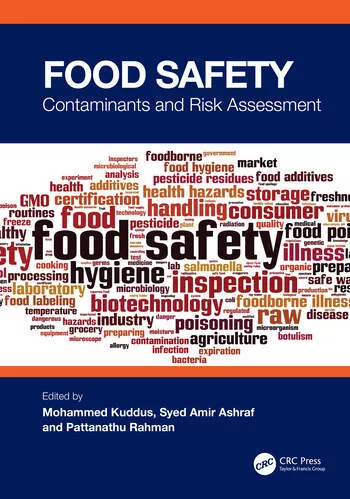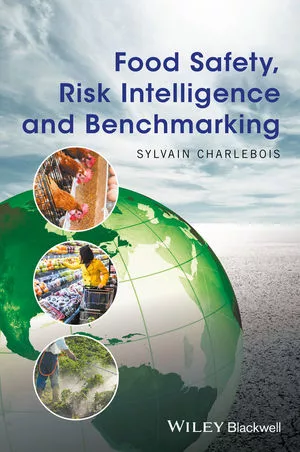Legislative Update on FDA’s Qualitative Risk Assessment Draft

The Food and Drug Administration (FDA) is reopening the comment period for a draft Qualitative Risk Assessment for certain food facilities that include farm packing operations for fresh fruits and vegetables. To be clear, this additional comment period is relatively short; comments on the FDA’s “Draft Qualitative Risk Assessment of Risk Activity/Food Combinations for Activities (Outside the Farm Definition) Conducted in a Facility Co-Located on a Farm” are due on or before May 16, 2013.
The Qualitative Risk Assessment addresses activities that occur on farms and other food facilities and categorizes those activities based on risk to human/animal health. Make no mistake; a food facility’s activities, as determined by the Assessment, will directly affect its registration classification (high risk or low risk) under section 415 of the Federal Food, Drug and Cosmetic Act and, in turn, will make the facility subject to the new facility-inspection requirements of section 418 of the Food Safety Modernization Act (FSMA).
Specifically, FDA will subject high-risk food facilities (based on activity conducted therein) to more frequent inspections and other increased scrutiny under section 421 of FSMA. Low-risk food facilities are subject to a more lenient inspection schedule because the activities conducted in low risk facilities present a lower risk to human/animal health. The Qualitative Risk Assessment ensures that no exemptions exist for businesses of any size engaged in certain high-risk activities. It is FDA’s intention, however, that the Assessment does not overly burden small or very small businesses.
The Qualitative Risk Assessment recognizes that food facilities are often co-located on farms, but the activities conducted at the facility could be very different from the types of activities conducted on the farm itself. As such, this rule provides a way to classify food facilities based on the realities associated with the types of the activities actually conducted at the facility and without regard to its location or association with a high-risk food facility or farming operation. The differences should save the industry money in terms of the cost of legal compliance, making the Assessment an important rule for study and, if appropriate, comment.
For facilities that do not qualify for any size-based compliance exemption, the Qualitative Risk Assessment is still worth study because it sets forth FDA’s current thinking on many topics, including issues directly related to recalls and facility inspections. A food company would be well advised to review the Assessment and reconcile all new information therein with the company’s current understanding of its FSMA obligations. The Assessment also provides valuable information about biological hazards related to the most common foodborne illnesses and chemical hazards related to the most common allergic reactions to food products.
Last, the Qualitative Risk Assessment rule provides detailed responses to the following important questions:
1: What are the foods that would be manufactured, processed, packed or held by a farm mixed-type facility?
2: What are the activities that might be conducted by farm mixed-type facilities on those foods?
3: What are the hazards reasonably likely to occur in those foods?
4: For the purpose of determining whether an activity/food combination is low risk, which hazards should be considered to have a reasonable probability of causing serious adverse health consequences or death?
5: For the purpose of determining whether an activity/food combination is low risk, what foods have inherent controls that significantly minimize or prevent a biological hazard that is reasonably likely to occur in these foods and that is reasonably likely to cause serious adverse health consequences or death?
6: What interventions significantly minimize or prevent a hazard that is reasonably likely to occur in these foods and that is reasonably likely to cause serious adverse health consequences or death?
7: Which of these activities are reasonably likely to introduce or increase the potential for occurrence of, hazards that are reasonably likely to cause serious adverse health consequences or death and what are these hazards?
8: Which of these activities are interventions to significantly minimize or prevent hazards that are reasonably likely to cause serious adverse health consequences or death from consumption of these foods?
9: Which activity/food combinations are low risk?
You have the opportunity to help shape the manner in which this FSMA rule will affect your business. Now is the time to voice any concerns.
Jason R. Klinowski and John T. Shapiro are attorneys and members of the Food Industry Team at Freeborn & Peters LLP (Chicago).
Looking for quick answers on food safety topics?
Try Ask FSM, our new smart AI search tool.
Ask FSM →







